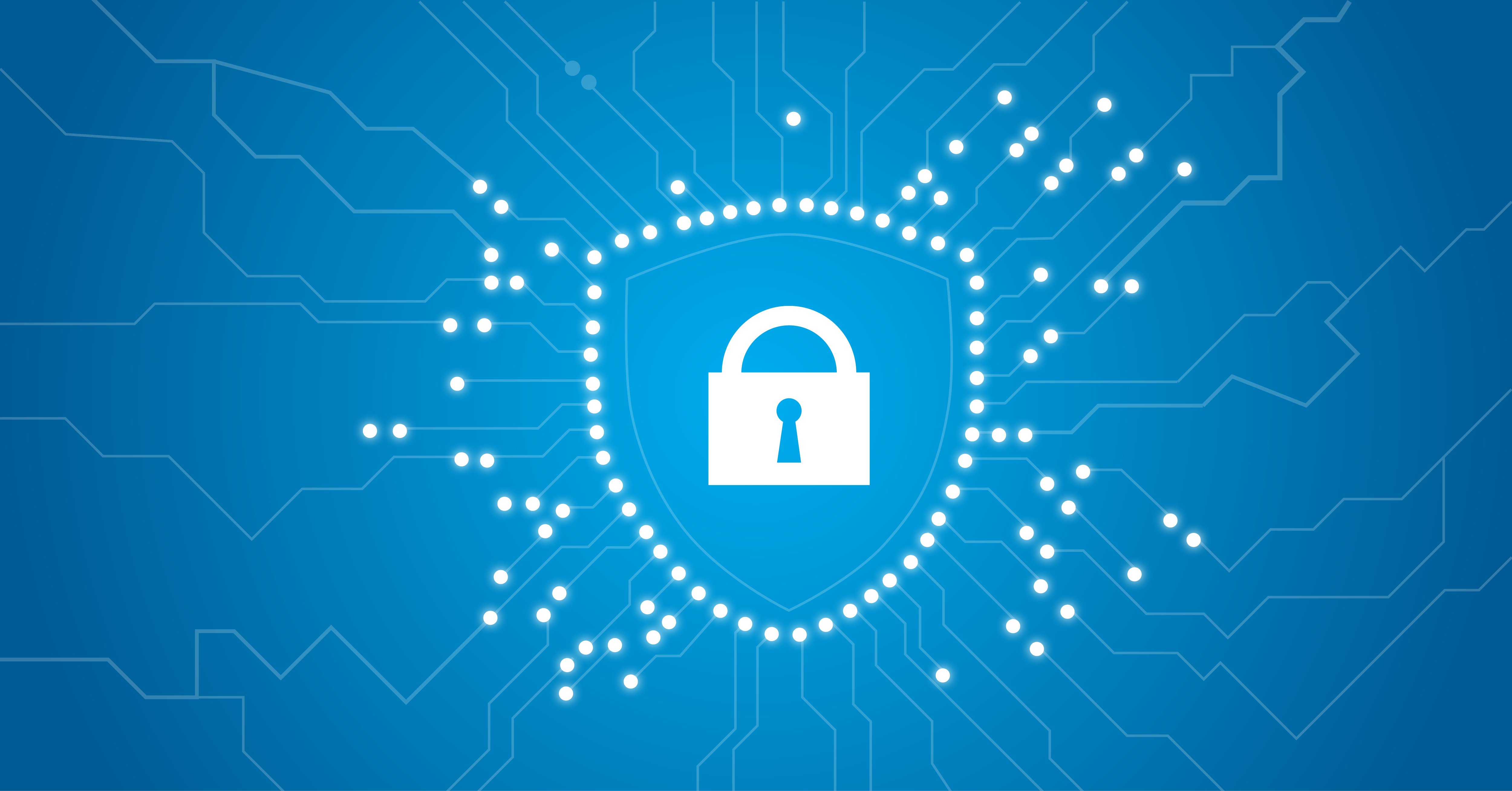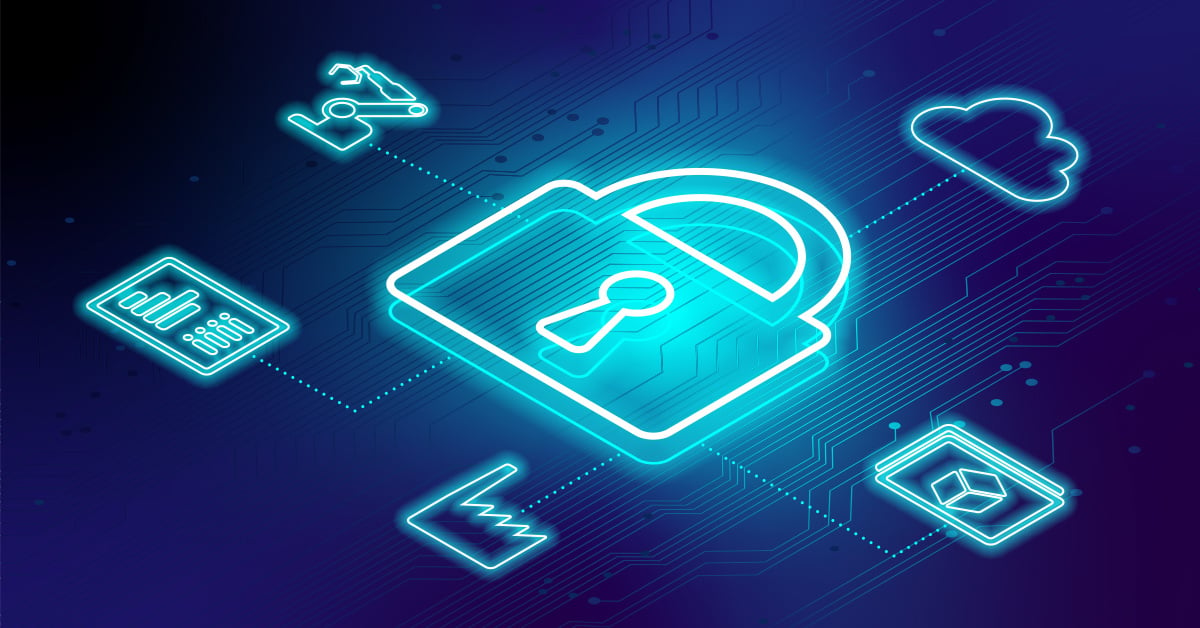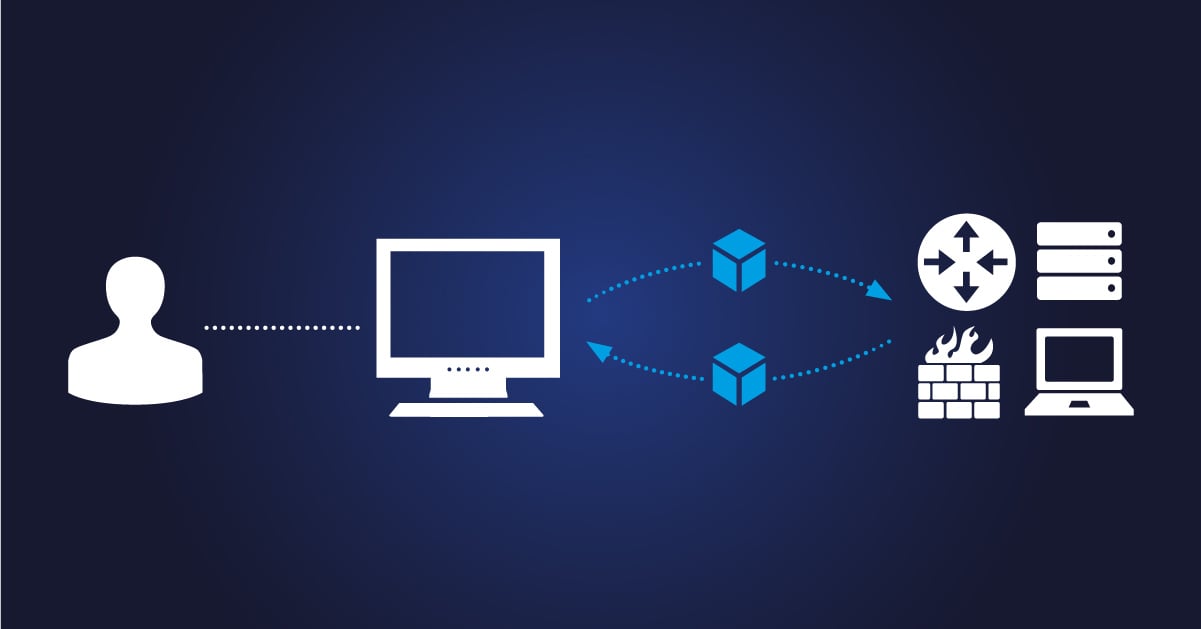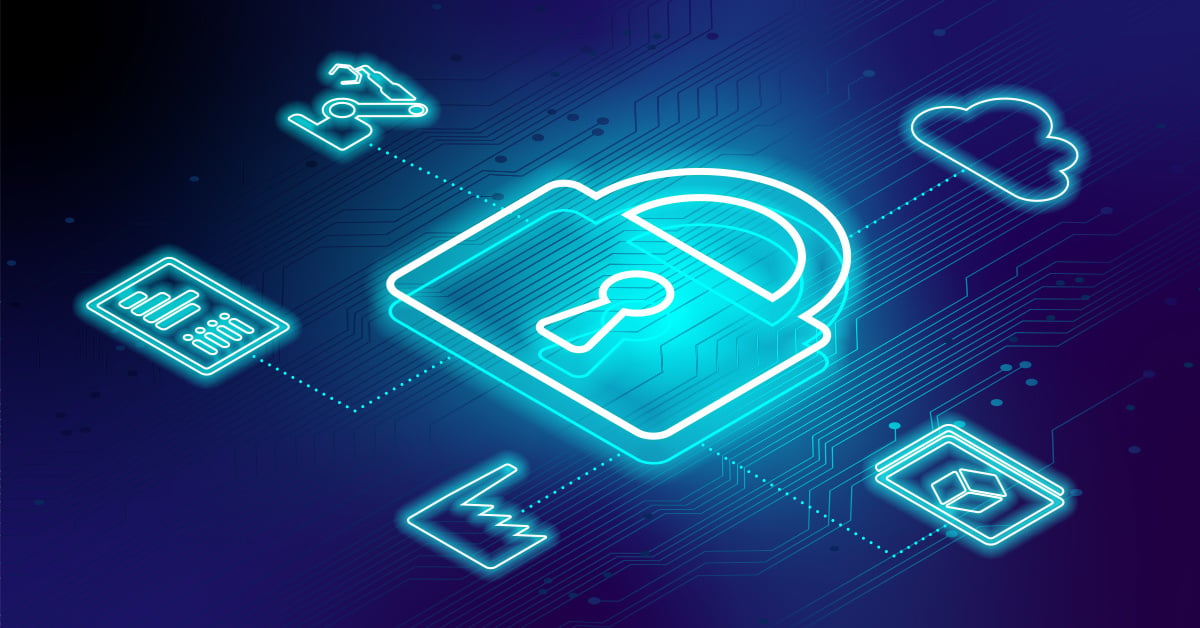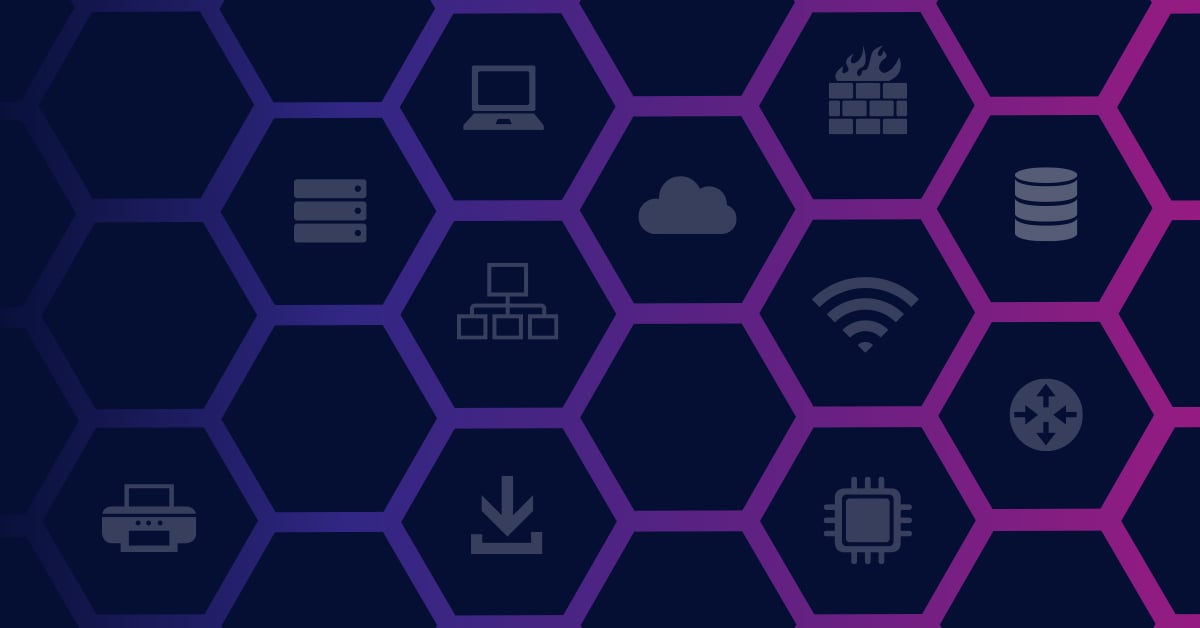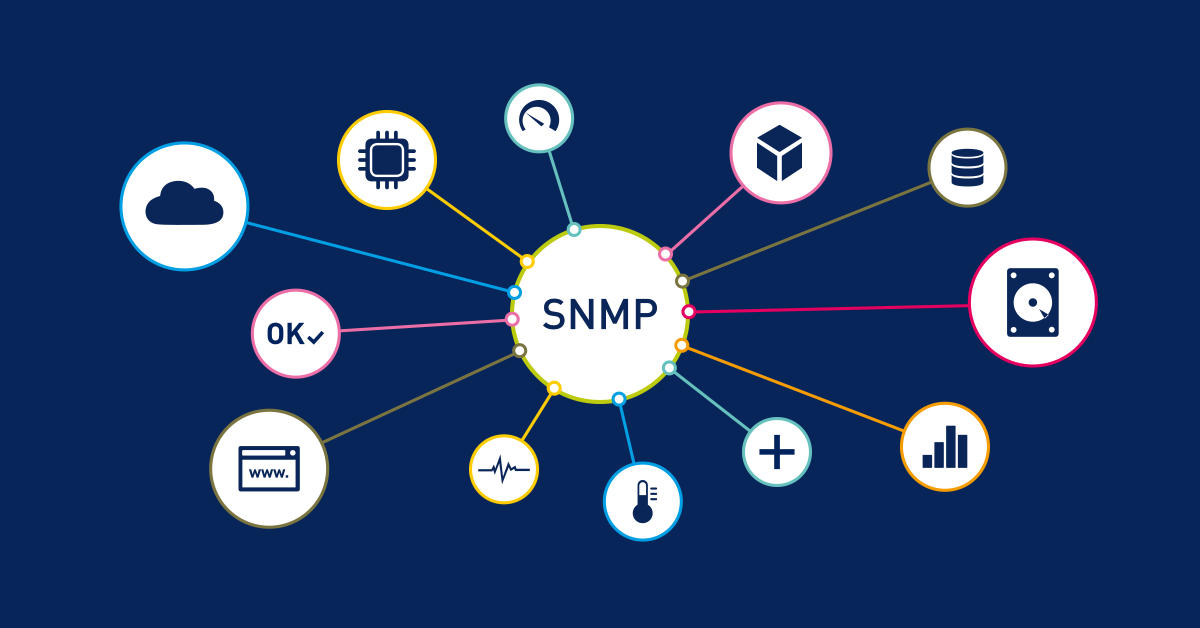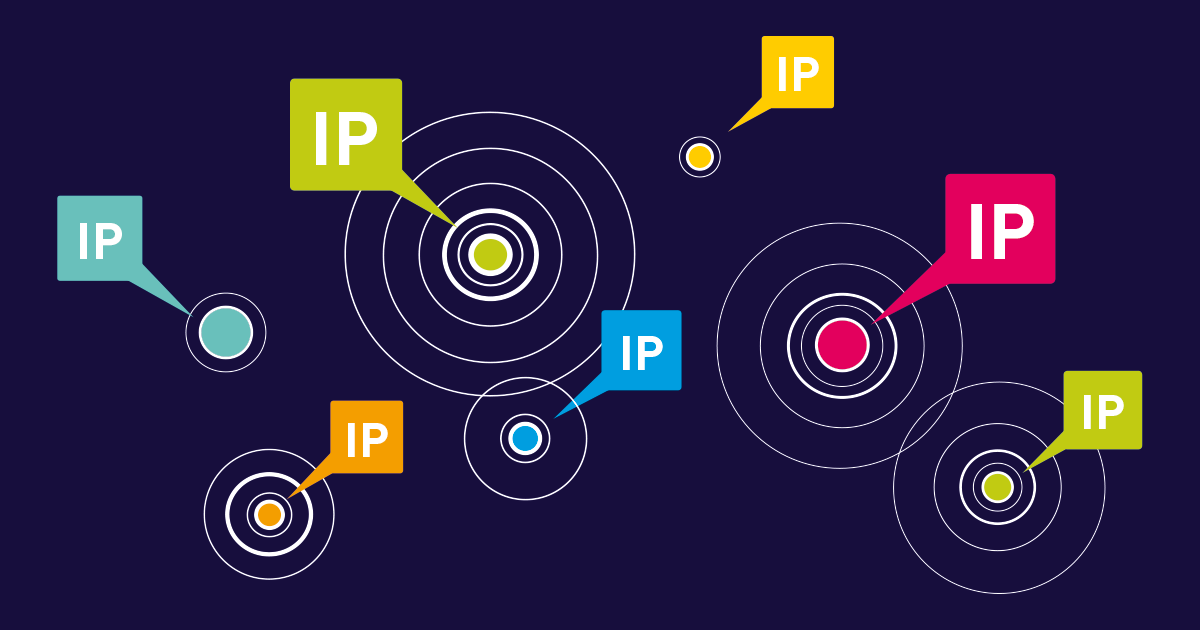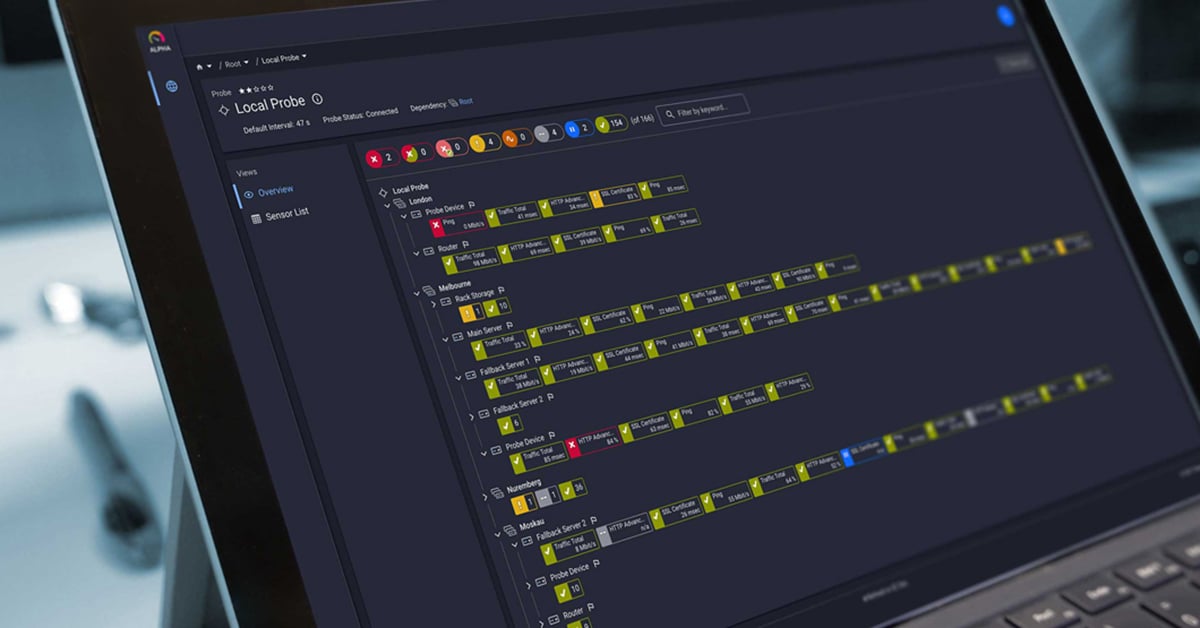Vulnerability management is one of the most important aspects of a healthy security program. The rapid mitigation of software vulnerabilities, or weaknesses in systems that can be exploited, has become more critical than ever before. Attackers are constantly looking for new ways to exploit vulnerabilities to exfiltrate data or deploy malware to access sensitive information and force businesses to pay steep ransoms for the destruction of the data.
Fortinet observed that the average time to exploitation is evolving at just 4.76 days (Manky, 2024). Besides emergent vulnerabilities, it was estimated in 2024 that 40% of observed vulnerabilities being exploited were published at or before 2020 (Censys, 2025).
One of the most reliable attack vectors that threat actors target are outdated software configurations. Software vendors typically release new versions of software to correct existing vulnerabilities and, in many cases, address unknown or newly-discovered vulnerabilities before the public is aware.
Attackers understand that system administrators fail to frequently update software or, in some cases, may not even be aware of software configurations in their environment due to poor security controls. The failure to regularly upgrade your software configurations presents a high risk to an organization’s cybersecurity posture.
Compliance and regulation
Compliance in highly regulated industries, such as in the financial and healthcare sectors, require proof of a healthy vulnerability management program. Regulations such as the General Data Protection Rule (GDPR) and the Network and Information Systems Directive 2 (NIS-2) carry rigorous cybersecurity requirements. A failure to maintain an effective vulnerability management program can result in steep fines and other financial impacts. Additionally, compliance certifications such as SOC 2 Type 2, ISO 27001 and others create value to the whole organization and allow for strategic partnerships and stronger relationships between customers and software providers. Obtaining these certifications requires a commitment to reporting and scanning for vulnerabilities on a regular basis, as well as tracking resolution and risk levels.
Windows 10 – an example
One example of the risks in maintaining outdated software configurations is the end of support for Windows 10, the popular desktop Operating System, which will occur on October 14, 2025. End of support means while the computer will still operate normally, software updates and security fixes will no longer be made available from Microsoft unless an extra fee is paid for extended support.
Leaving computers on Windows 10 OS after this time presents a high risk condition for enterprises, as security vulnerabilities will continue to be discovered by attackers but without patches available to remediate them. Windows 10 still comprises 62.7% of the market share as of early 2025, so attackers will still be constantly looking for new vulnerabilities well after the support date ends (Mishra, 2025).
After October, patches will not be released to fix these vulnerabilities, leading to potential loss of confidential data and ransomware attacks. While this is only one example of the heightened risk of maintaining outdated software configurations, an enterprise-level approach must be taken to assess and remediate these risks in the operating environment
How to stay safe
The best defense to ensure the safety of your operating environment is to frequently monitor your software catalog and ensure your software versions are up-to-date. Below are tips on how to understand your environment and build a vulnerability management program to quickly identify and remediate vulnerabilities:
1️⃣ Perform a risk assessment of your environment. Find out your exposure risk and modify configurations as needed to lessen your attack surface. If you can, perform threat modeling to determine the realistic threats to places where confidential or proprietary is stored and processed. Using a risk assessment allows for justification of strategic investment and formulation of mitigation strategies to counter critical risks in your environment.
2️⃣ Keep your software up to date. Establish patch management and software update strategies as part of your vulnerability management program. Make sure you follow each of your vendors for updated news and plan on updating when a new release is available. Additionally, patch levels must be validated on a monthly basis with deviations marked for correction.
3️⃣ Establish an asset management program. Generate a reliable and dynamic asset catalog, including all hardware and software used by your organization. Software is especially important, as security teams need to quickly identify any software that is out of date and where the software is installed.
4️⃣ Start an end of life technologies program to continually assess your hardware and software configurations. Involve stakeholders across several departments to ensure plans exist to migrate from unsupported and unpatched hardware and software. Having a quarterly meeting ensures that all stakeholders can plan migration to supported configurations well before the end of support date is reached
5️⃣ Use Least Privilege mechanisms to remove administrator rights from end user machines. Establish lists of approved software and enforce a vetting process for new software.
6️⃣ Establish a formal change control methodology, which help in planning upgrade activities, including informing all relevant stakeholders and minimizing the risk for downtime.
7️⃣ Perform Incident Response tests frequently so you are prepared in the event of an attack. Make sure backups are robust and perform Business Continuity and Disaster recovery testing on regular iterations.
How PRTG can help
Paessler’s PRTG network monitoring tool allows for advanced monitoring of vulnerabilities and rapid detection of network cyberattacks in real time. There are numerous sensors available right out of the box to monitor vulnerable configurations for Cloud services, network activity, SSL security, web servers, Backup and Replication Monitoring, and Windows Updates, to name a few of the more popular use cases. If you’re not sure about how to configure your PRTG instance to monitor for vulnerability management, feel free to reach out to our support team with questions – we use it too!
For more information, visit Cybersecurity Monitoring | PRTG.
Manky, Derek. “Attackers Are Exploiting Vulnerabilities At A Record Pace – Here’s What To Do About It” CSI Online. 04 September 2024. html https://www.csoonline.com/article/3504627/attackers-are-exploiting-vulnerabilities-at-a-record-pace-heres-what-to-do-about-it.html
Microsoft. “Windows 10 Supports ends on October 14, 2025”. Windows 10 supports ends on October 14, 2025 - Microsoft Support
Mishra, Abhishek. “Windows 10 support ends in 285 days, but it’s not losing market share to Windows 11”. Windows Latest. January 2, 2025. Windows 10 support ends in 285 days, but it's not losing market share to Windows 11
 Published by
Published by 